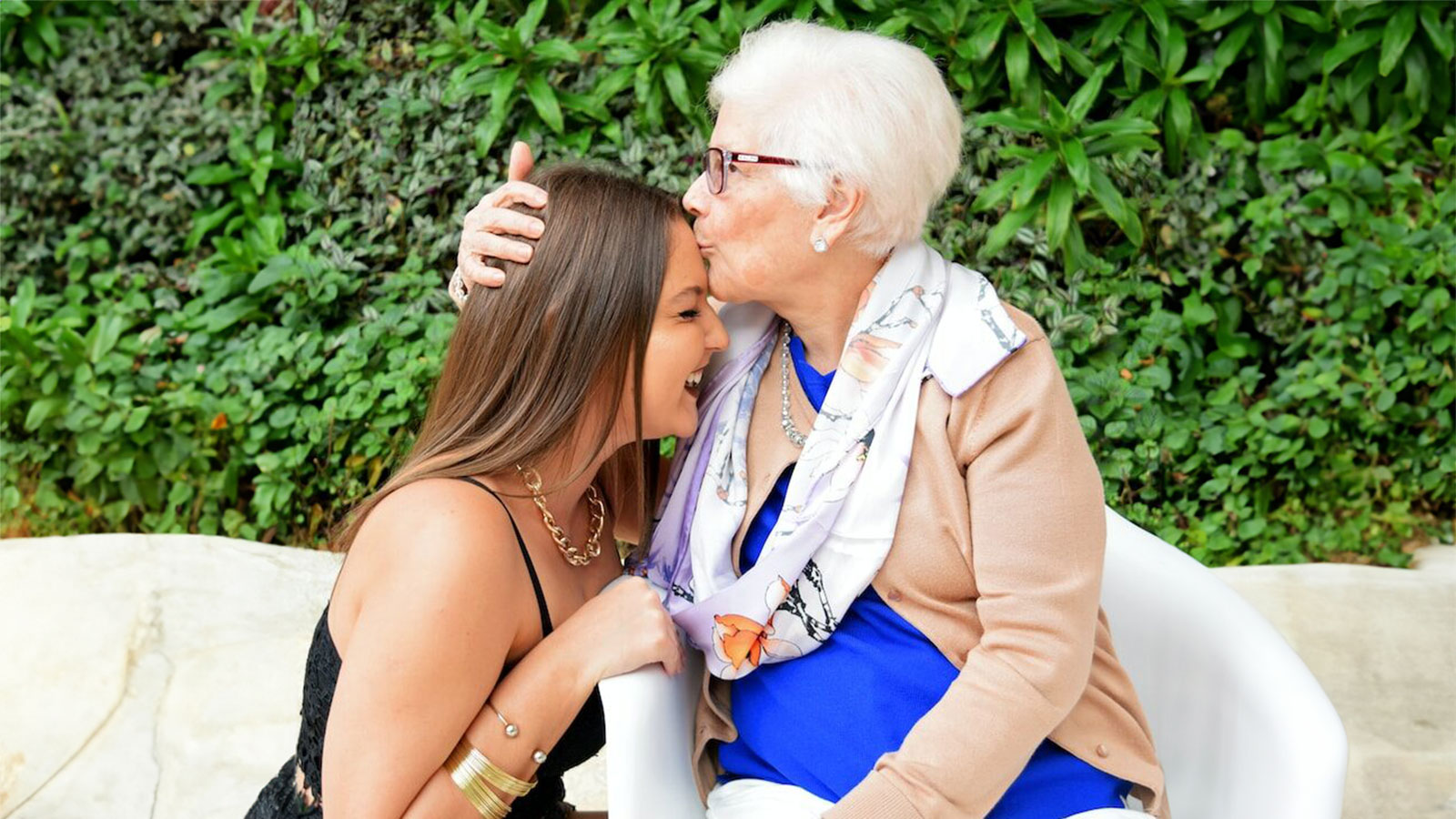Several years ago, my family and I visited the Oklahoma City memorial, which stands at the place where 168 lives were lost and countless others affected by senseless violence in April of 1995. Although the official memorial came much later, it didn’t take people long to create memorials of their own. Within hours of the tragedy, people began creating makeshift memorials around the perimeter of the area. They brought flowers, stuffed animals, personal notes and trinkets representing the spirits of those no longer there, a tangible way of mourning and remembering their loved ones.
Eventually, a chain link fence was erected around the site, and people from all around the world would travel there and tuck little mementos into the links of the fence in a show of strength and solidarity. The fence may have started out as a memorial to contain the grief, but soon it turned into a symbol of hope and healing for the people of Oklahoma City and beyond.
Grief and hope are unified in acts of remembrance for those we love.
Establishing memorials is a normal human activity. We establish memorials as a way to remind us of a person or event long after the person is gone or the event is over. They serve as testimonies to all who bear witness that something of great importance happened. While it might seem futile to express our intangible pain with tangible props, we do so because our very nature cries out for purpose and reconciliation in the face of such great sorrow. We are desperate to never forget such sacrificial loss and even more desperate to be united again to our loved ones. We create memorials to remind ourselves: our loss was deep; a life mattered; we are forever changed.
In Luke and 1 Corinthians, we learn about about a similar, intentional act of remembrance by Jesus and his disciples. Jesus, the Savior of all mankind, was a short time away from immense suffering, death and resurrection, and he gave his disciples (and us) a memorial to perform.
Jesus loved the disciples enough to prepare them for their loss.
Just as they all reclined at the table, preparing for the Passover meal (Luke 22:15-16), Jesus said to his disciples, “I have eagerly desired to eat this Passover with you before I suffer. For I tell you, I will not eat it again until it finds fulfillment in the kingdom of God.” He knew they would experience deep grief and loss, so he prepared them, and gave them a physical action to remember him by.
In 1 Corinthians 11:23-25, it says that Jesus took the bread, gave thanks, broke it and said, “This is my body, which is for you. Do this in remembrance of me.” His body was beaten and tortured for the sake of our eternal freedom. Jesus took the cup of wine after the meal and said, “This cup is the new covenant in my blood; do this, whenever you drink it, in remembrance of me.” His blood would be shed to create a new covenant between man and God in reconciled relationship. His death would pay the price for our sins, and give us life. He knew these truths, and he knew that we would need help remembering them.
Jesus loved us enough to give us something to remember our hope; a memorial.
The word “memorial” means “something established to remind people of a person or event”. Memorials call us to remembrance, and give our lives place-markers so we don’t forget important events. Anyone who has been to a physical memorial, such as the one my family and I visited in Oklahoma City, knows how powerful they are; memorials reach deep into our hearts and give us much-needed perspective. In the same way, Jesus asks us to break the bread and drink from the cup as a way to recall his sacrifice on our behalf, to remember, reflect and memorialize his great gift to us.
It serves as testimony to all who bear witness that something of great importance happened. Our loss was deep; a life mattered; we are forever changed.
“For whenever you eat this bread and drink this cup, you proclaim the Lord’s death until he comes.”
Read an earlier post by Tammy here.
Related Articles

What the Bible Says About Honoring Your Parents: Five Truths We Learn from the Fifth Commandment

What Does Worship Mean in the Bible


